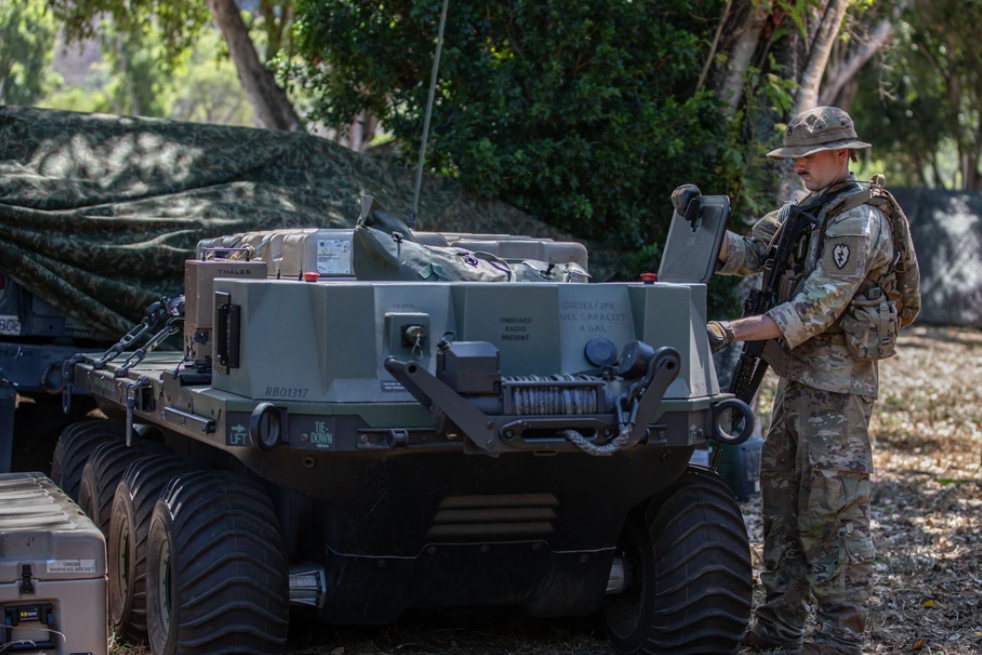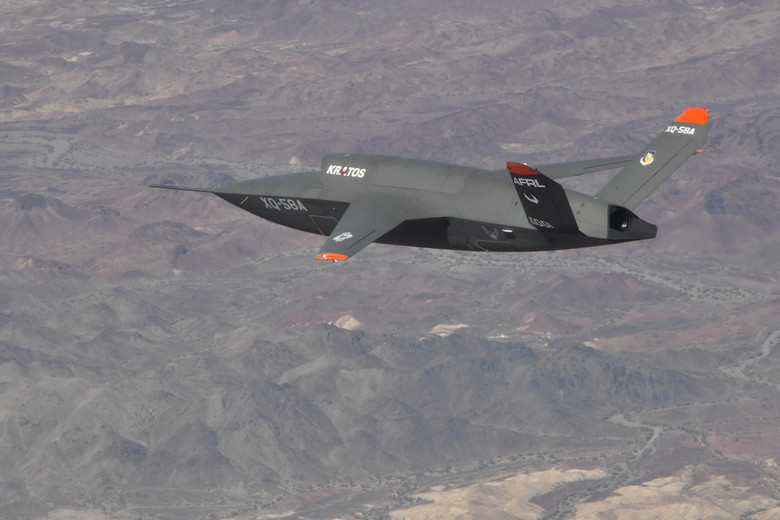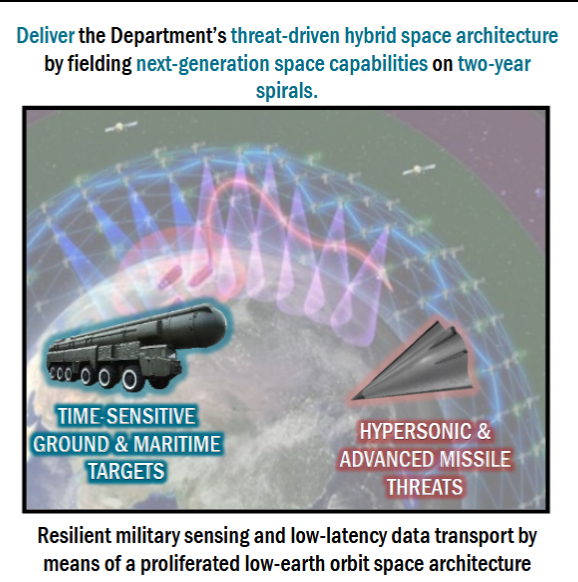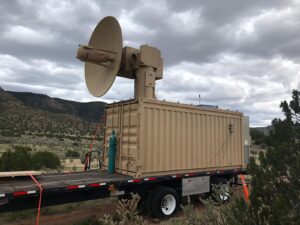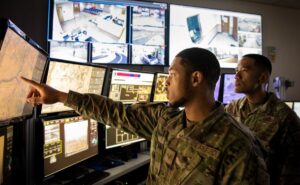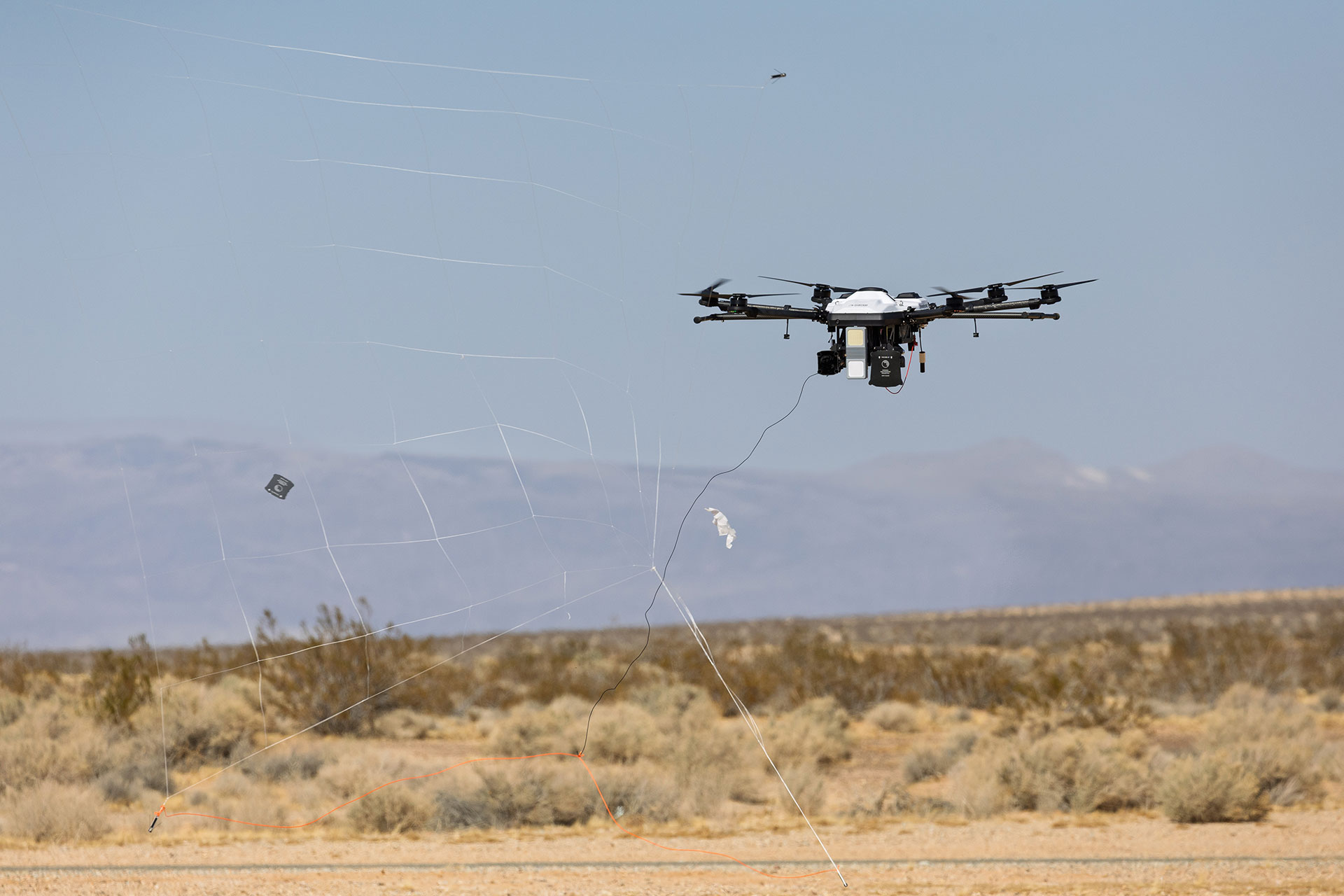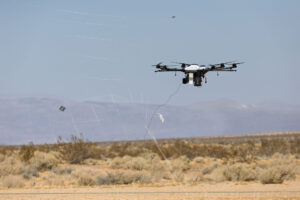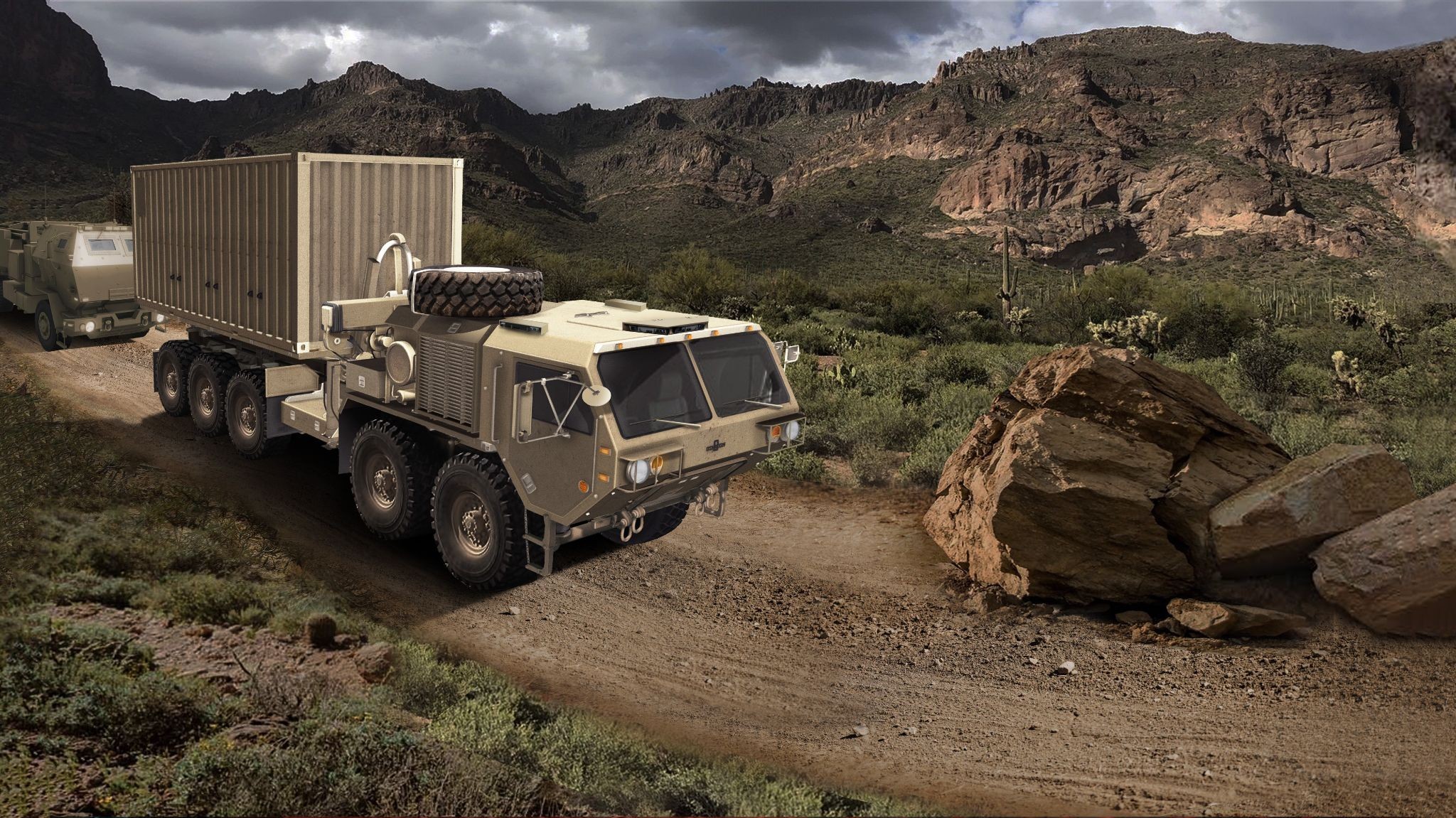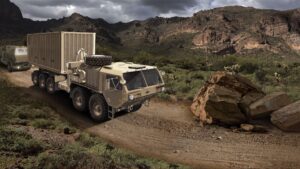The Army is looking to build a new, larger version of its equipment-carrying ground robot, with plans to consider approving a requirement for the program this spring.
Maj. Gen. Michelle Donahue, head of the Army’s Combined Arms Support Command, said this week the Medium Modular Equipment Transport (M-MET) concept would look to develop a platform that’s larger than the current Small Multipurpose Equipment Transport (S-MET) robot but smaller than its Oshkosh Defense
[OSK] Palletized Load System (PLS) logistics trucks.
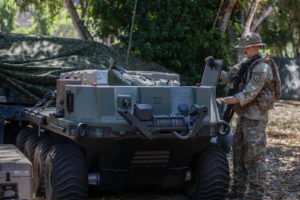
The M-MET concept will be presented to the Army Requirements Oversight Council for approval this spring, Donahue said in remarks at the National Defense Industrial Association’s Tactical Wheeled Vehicles Conference, adding the idea is to have an unmanned platform that’s “tethering a forward support company to that forward logistics release point” to assist with transferring supplies.
Col. William Arnold, the Army’s chief of transportation, told Defense Daily the Army envisions the M-MET as a roughly 7,500-pound platform.
“[M-MET would be] a versatile platform designed to enhance the flexibility and responsiveness of our logistics operations. We envision the M-MET to offer a diverse load-carrying capability and off-board power generation enabling forward sustainment units to effectively resupply company-size operations,” Arnold said in remarks Tuesday at the conference.
The Army has been fielding the S-MET Inc. I equipment-carrying ground robot, built by General Dynamics Land Systems [GD], which it has described as a “single radio-controlled, eight-wheeled platform designed to carry payload, generate power for organic electronic systems and conduct unconstrained movement” capable of carrying 1,000 pounds of equipment.
This past September, the Army announced it had selected American Rheinmetall and HDT Expeditionary Systems for the S-MET Inc. II prototyping effort, with plans to potentially award a production contract in late fiscal year 2027 that may cover more than 2,000 systems (Defense Daily, Sept. 25 2024).
For S-MET Inc. II, the Army said it aims to “double the payload capacity,” while also getting after capability for higher exportable power to enable drones and communications equipment, further reducing the audio signature, supporting dismounted wireless mesh communication networks, increased reliability and further the platform’s modularity with open architecture designs for easier upgrades.
The Army has also said it will look to “drive commonality” with S-MET Inc. II as it aims to integrate payloads that expand the robotic platform beyond its equipment carrying role, eyeing multi-mission capability with weapons and equipment packages that can enable mission areas for “movement to contact” and “suppression and overwatch” (Defense Daily, Oct. 25 2024).
Arnold said the Army is envisioning a similar modular design concept for the future M-MET that would allow for reconfiguration to work with “any type of load.”
“We can put ammunition on it. We can deliver water with it. We can deliver fuel with it. [We can do that] all at the same time by having the ability to generate power and have that power available on the battlefield. That also is going to be a game changing capability,” Arnold said.
Arnold said the Army sees the M-MET as part of an ecosystem of platforms supporting future logistics operations alongside S-METs and autonomous PLS trucks utilizing the future Autonomous Transport Vehicle System (ATV-S).
“Imagine all that working together on the battlefield,” Arnold said. “That’s what we’re driving toward and that’s what we’re trying to bring to bear.”
The Army is aiming to begin fielding its first autonomous PLS trucks integrated with ATV-S in fiscal year 2027, with the program currently in a competitive prototyping phase with Forterra and Carnegie Robotics (Defense Daily, Feb. 26).
Maj. Gen. Robert Barrie, the Army procurement office’s deputy for acquisition and systems management, said this week the service plans to deliver “thousands” of S-METs and GM Defense [GM] Infantry Squad Vehicles in the coming years as it moves out on its Transforming in Contact initiative to rapidly field new capabilities (Defense Daily, Feb. 25).
